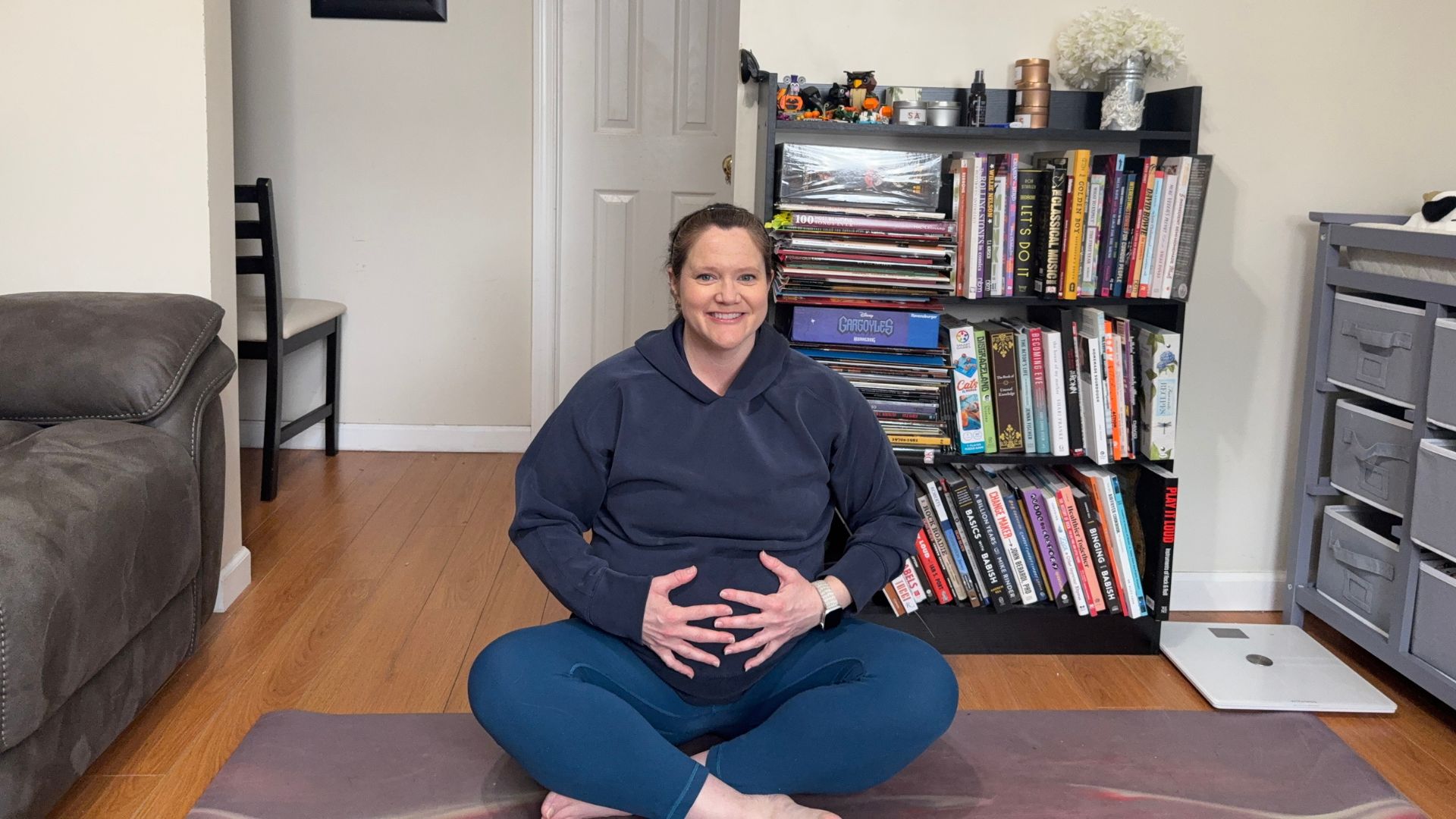A mobility expert busts two of the biggest foam roller myths
P3rform's Matt Jones explains the science behind two of the biggest foam roller myths


One of the best ways to look after your body is with a good massage. The next best way is to do it yourself with a foam roller, especially if you're looking to improve your range of motion or relieve muscle tension.
Using the best foam roller is a great way to relieve excess stress and knots in your muscles, according to P3rform's Matthew Jones. An expert fitness coach, Jones has advised Google's UK offices on wellness and coached Olympic athletes.
"Foam rolling is basically a self-administered massage, which is as simple as it gets," says Jones, in an exclusive live broadcast for the Fit&Well Instagram channel. "It relieves tension in your muscles and the fascia, the connective tissue that surrounds your muscles and your organs.
"Foam rolling applies pressure to the fascia, sends a signal to your brain, and back down to the muscle saying 'it’s ok, you can relax for a period of time'."
Watch: Jones' full foam rolling guide here:
However, foam rolling also comes with lots of different myths attached. Some say it breaks up and softens scar tissue, but unfortunately, Jones says it's nothing but hearsay.
“One of the biggest myths about foam rolling is that it breaks up scar tissue, which is just not true, unfortunately. [Foam rolling] is just a stimulus to tell your muscle to relax a bit more.”
The other big myth Jones takes on is that you need a firm, knobbly, painful foam roller in order to get the most out of your mobility. Many people shy away from foam rolling for this reason: they think it's going to be a painful, difficult ordeal. However, Jones is reassuring.
Get the Fit&Well Newsletter
Start your week with achievable workout ideas, health tips and wellbeing advice in your inbox.
“Smooth ones are typically better for beginners. If you’re under-trained, you don’t need too much firmness. The ones with ridges tend to provide more localized pressures, so when you lay on one of those ridges, it will provide a lot of tension in those specific areas. It comes down to preference, what you need and where you’ll be using it.”
Jones shows you how to use a foam roller in the video above. If you need additional mobility training, there are other tools at your disposal such as the best yoga mats. Some have zones that can aid in hand and feet placement, encouraging better posture and improved mobility. Our posture-fixing 30-minute yoga workout is a great way to get started.
Matt Evans is an experienced health and fitness journalist and is currently Fitness and Wellbeing Editor at TechRadar, covering all things exercise and nutrition on Fit&Well's tech-focused sister site. Matt originally discovered exercise through martial arts: he holds a black belt in Karate and remains a keen runner, gym-goer, and infrequent yogi. His top fitness tip? Stretch.
-
 This dumbbell challenge is a great way to improve core strength, stability and balance
This dumbbell challenge is a great way to improve core strength, stability and balanceWeights at the ready
By Maddy Biddulph
-
 A yoga instructor says this style of breathing will reduce anxiety and strengthen your core. Here’s what happened when I tried it
A yoga instructor says this style of breathing will reduce anxiety and strengthen your core. Here’s what happened when I tried itBalloon breathing can boost your mood and help you engage your core
By Jennifer Rizzuto